Dropping anchor at the “Stadtstraße”
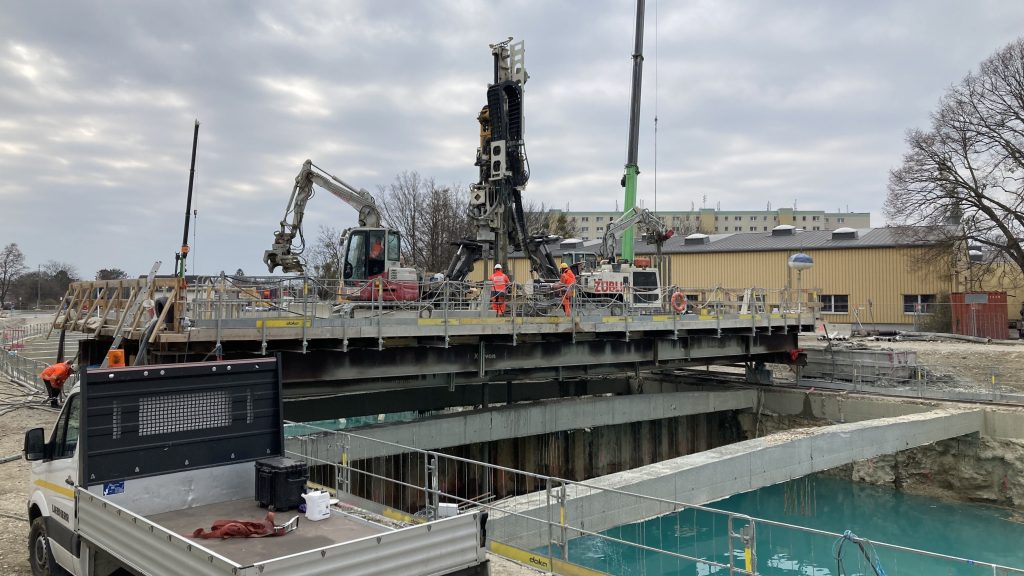
Ship ahoy! It doesn’t always have to be the subway, Vienna has a lot more to offer. This time we drop anchor in the city street.
Revolutionary stress control elements: Innovation made easy
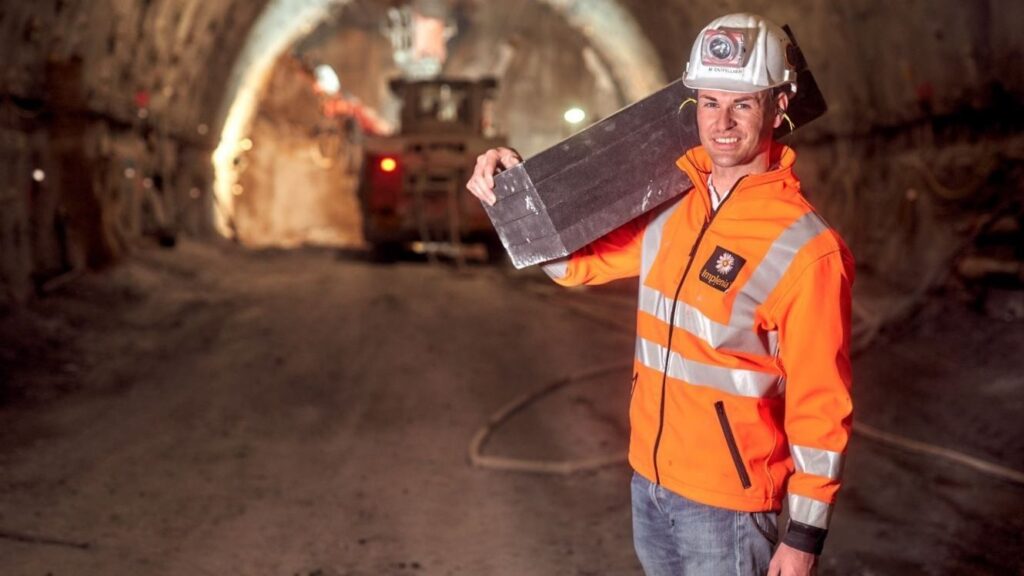
Tunnel construction work is literally a backbreaking job. Especially when it comes to installing stress control elements (weighing 80 kilograms each) overhead. When Manuel Entfellner saw how the workers in the tunnel struggle with this, he decided to do something about it. We spoke with the Implenia site manager about his innovative stress control elements, […]
CROW: a watchful eye on water levels
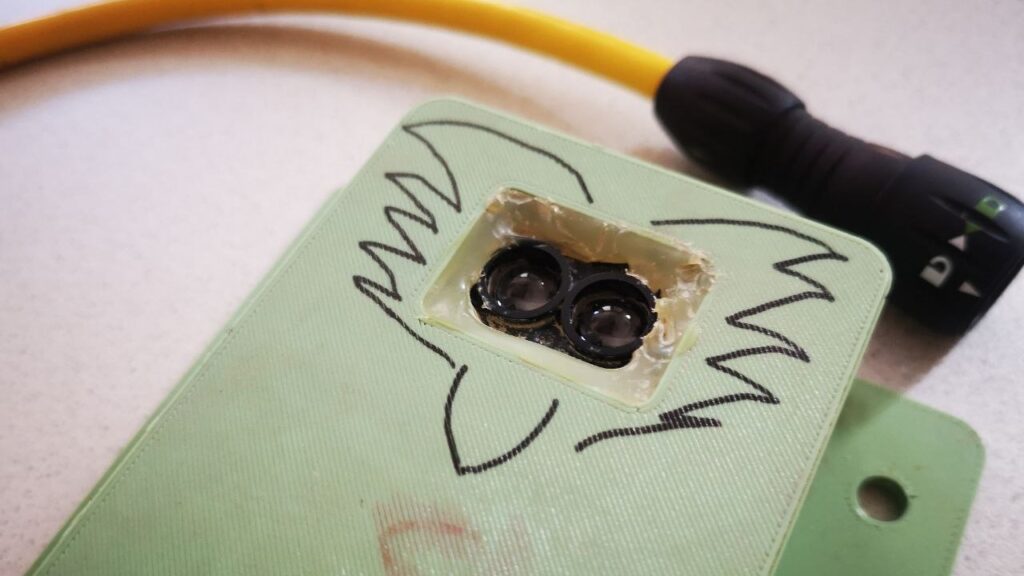
Winter water is coming. In our industry, this is usually not a reason to be happy, but when it comes to diaphragm walls, water (in combination with bentonite) is absolutely necessary. To ensure that there is always enough fluid inside the diaphragm wall to stabilize it, it needs a guard who sounds the alarm when […]
AVANT: The big build
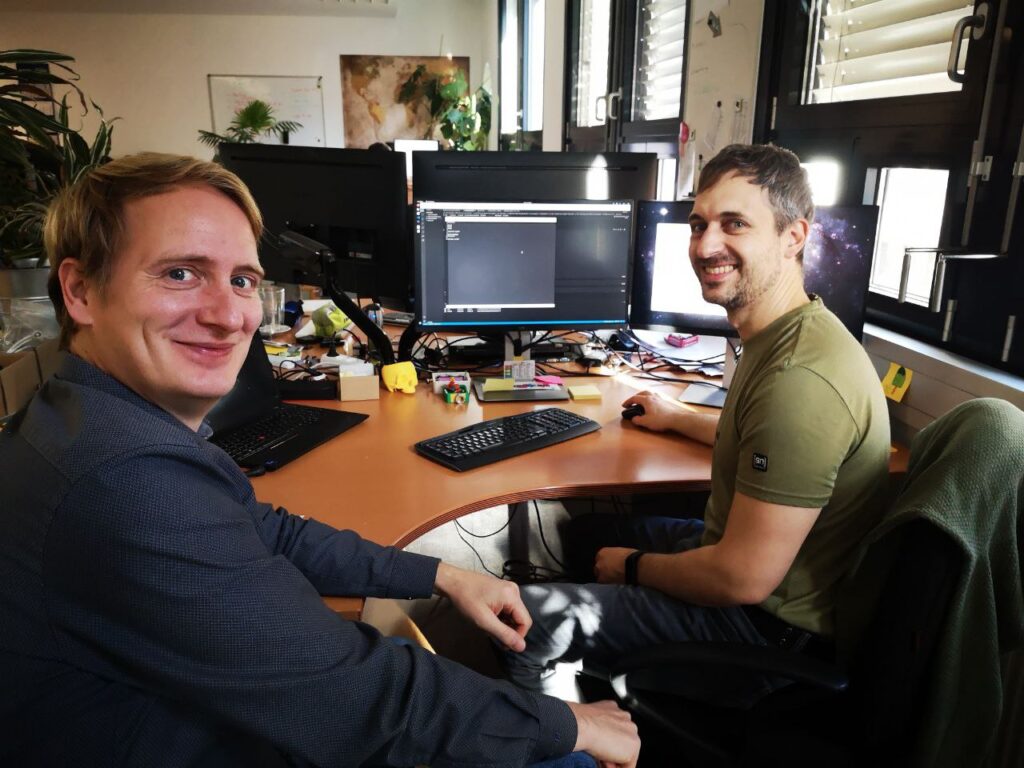
We have had good experiences with kitchen comparisons in the past, so today we again approach a topic of foundation engineering from the edible side: namely a research project called AVANT, which deals with the use of artificial intelligence in injection processes.
recordIT: A construction site in pictures
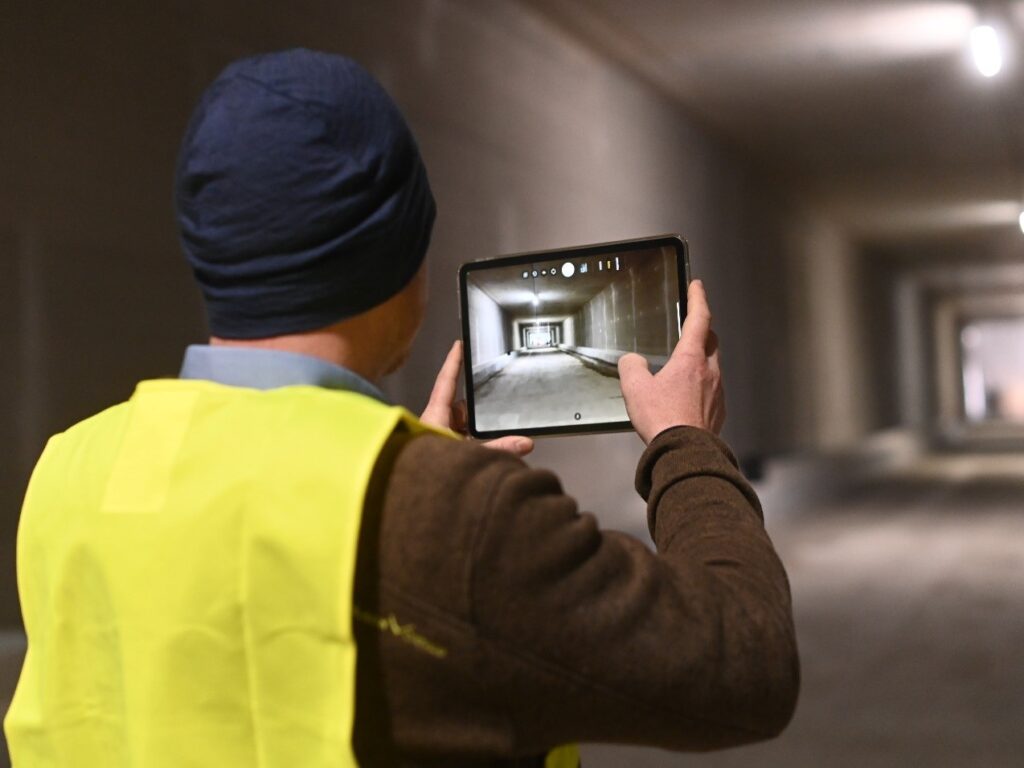
A user interface that clearly displays a construction site in all its facets? Fast documentation, comprehensible reports and clean formatting? Sounds like eguana SCALES – but it’s not. The software of recordIT is the visual counterpart to our data management tool and enables a construction site to be displayed in visual form. The range is […]
Indiana Jones and the extremely practical university research
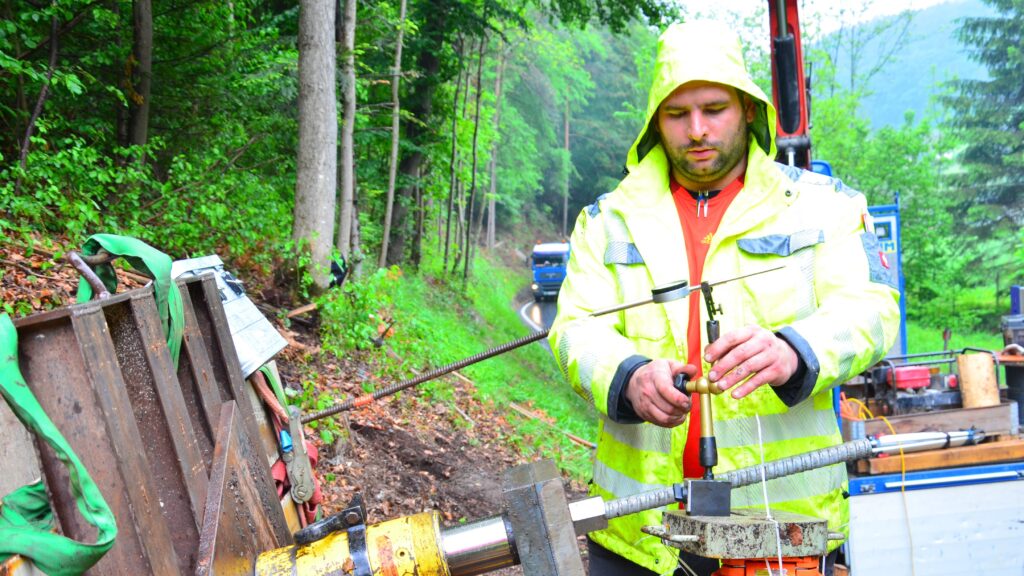
Micropiles and giant excavators, Matthias J. Rebhan’s work includes everything from small devices to large machines. University research is conducted in dusty libraries, the scientists in their ivory towers are paler than Count Dracula from all the indoor work? Not at the Institute for Soil Mechanics, Foundation Engineering and Computational Geotechnics (IBG for short) at […]
A ride on the subway
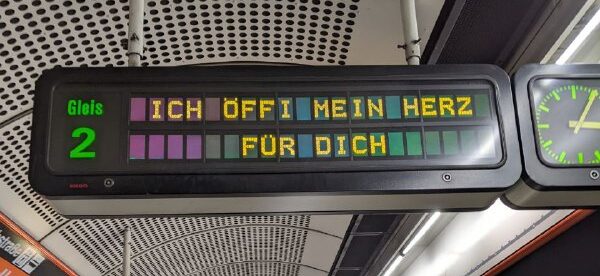
Over the past few months, we have approached the subject of the subway from several perspectives, from its historical triumphal procession to the technical challenges of subway construction. And since things are unfortunately still looking bleak when it comes to travel, today we want to take you on a virtual ride on the Vienna subway […]
merlin: learn from mistakes
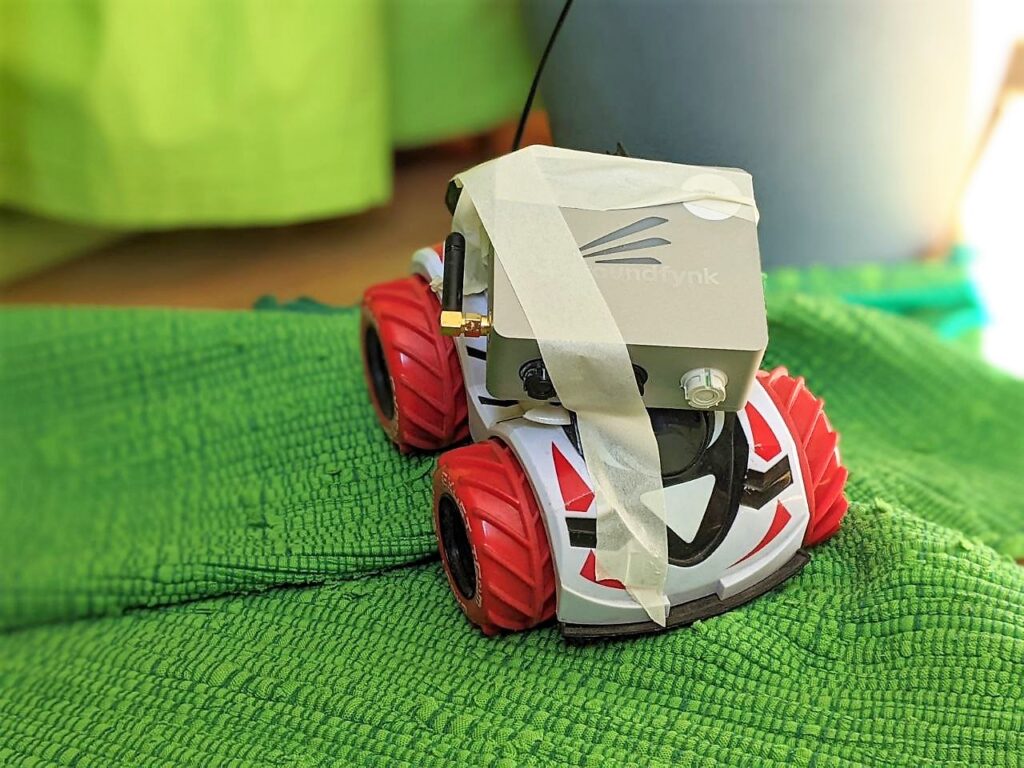
Careful, what now follows is self-promotion – but that doesn’t necessarily have to be a bad thing. Really good advertising is rare and is often remembered for years. For those of you who don’t remember the Old Spice commercials with Terry Crews: My sincere condolences. Here’s a little memory refresher: https://www.youtube.com/watch?reload=9&v=0hwpDnA0_V8 Not quite as crazy, […]
Measuring the World
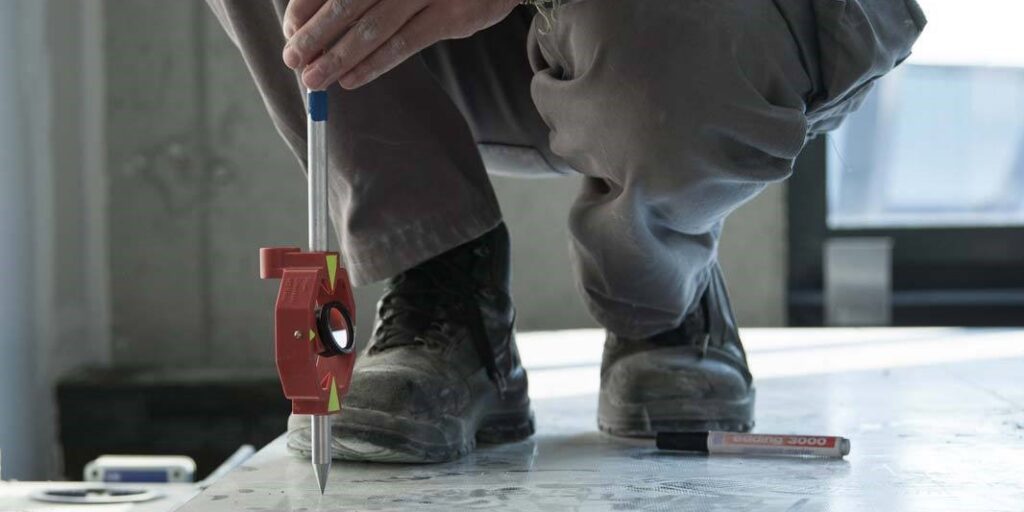
Surveying technology under the magnifying glass Just as Batman keeps a watchful eye on Gotham City and Yoda notices the smallest tremors in the Force, Boris Bogensberger keeps a close eye on every change. Just like the masked avenger the surveyor can currently be found a lot in underground (bat) caves, specifically those of the […]
What do we want? w.i.l.m.a. When do we want it? Now.
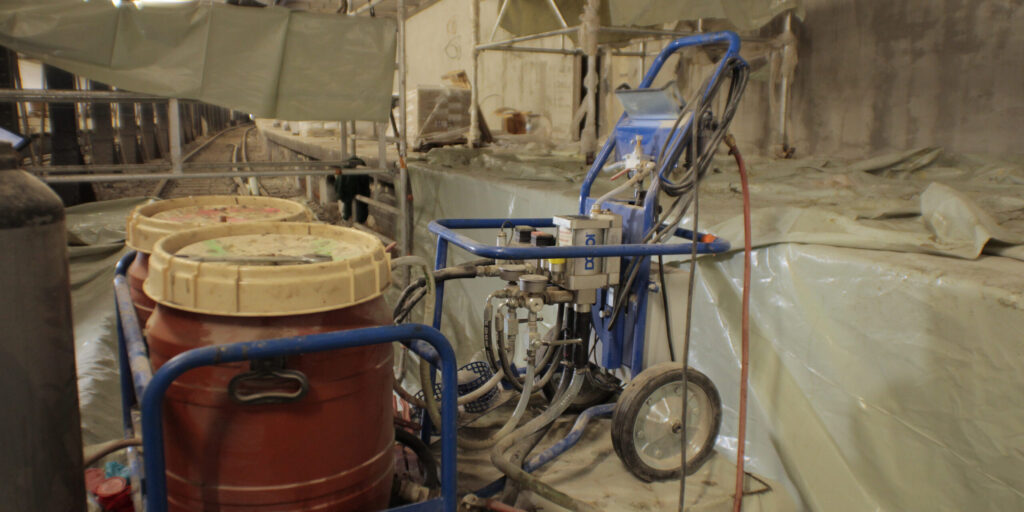
Traditional company relies on innovation The family company DESOI GmbH shows how the balancing act between tradition and innovation succeeds. We spoke to long-standing application engineer Bernd Kress about how w.i.l.m.a. made the switch from mechanics to electronics possible and how other companies can also succeeded in taking this step. At eguana we live the […]